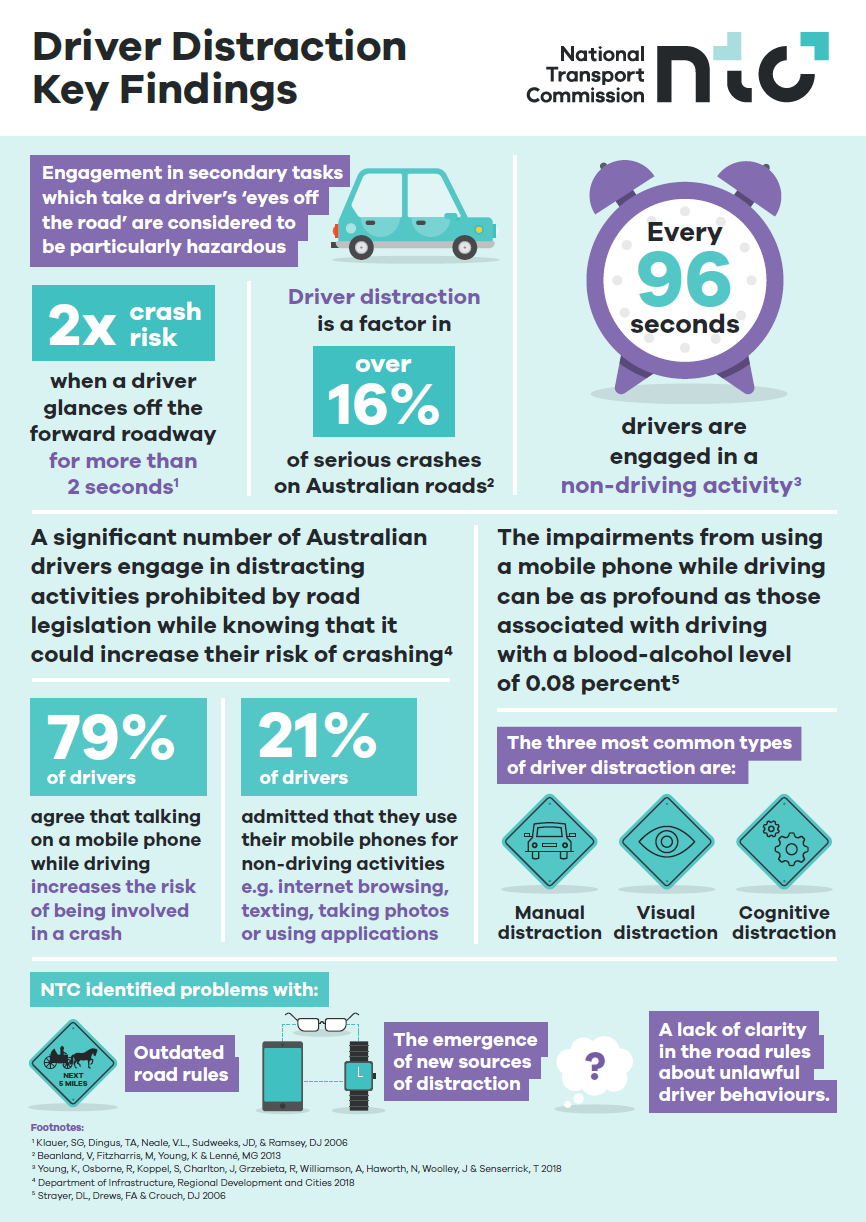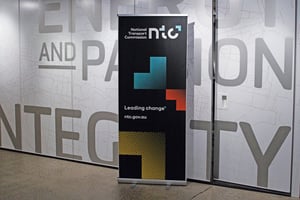Distracted driving has been found to be at least as dangerous as drink driving.
Just a glance off the road for more than two seconds can increase the likelihood of being involved in an accident, according to an ARRB review commissioned by the National Transport Commission (NTC) .
The NTC has identified that current Australian road rules have not kept the pace with new technology.
As a result, it can be confusing for road users to identify what behaviour and devices are legal and illegal while driving.
So the NTC has released a consultation regulation impact statement (RIS) seeking feedback on technology-neutral options to regulate driver distraction.
The review, prepared by ARRB's Rachel Goodsell, Mitch Cunningham and Dr Anna Chevalier, shows distraction is seen as a significant road safety risk that is not as well understood as other risk factors such as drink-driving and speeding.
NTC Chief Executive Officer Gillian Miles said that new technology-related distractions, outdated rules and a general lack of understanding from road users present significant challenges.
"Drivers engage in non-driving activities every 96 seconds while behind the wheel. Distractions take our concentration off the road which means we may not have time to react to hazards," Dr Miles said.
‘We are proposing four options for consideration. The views of a broad range of stakeholders are crucial to guide any policy reform to deal with driver distraction."
ARRB reviewed the best international research available to date on driver distraction. This work supports the NTC’s efforts in stimulating discussions about driver distraction research, policy and legislative reform options.

Consultation on this paper closes on 21 August 2019.
The NTC will then deliver a decision RIS for transport ministers’ consideration in May 2020.
For more information, see the NTC website.
